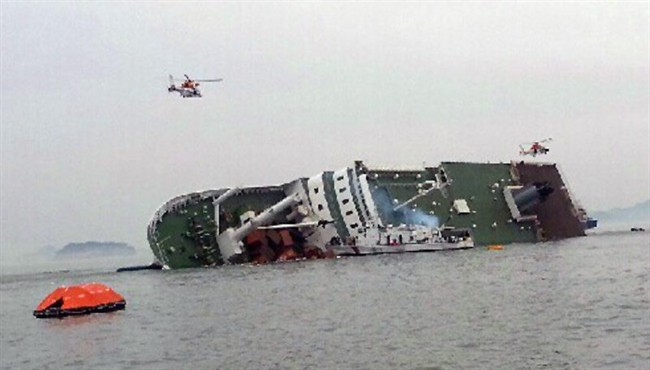SEOUL, Korea, Republic Of – South Korea on Wednesday selected a Chinese-led consortium as a preferred bidder to salvage a ferry that sunk and killed more than 300 people in April last year in one of the country’s deadliest disasters in decades.

South Korea’s Ministry of Oceans and Fisheries said it will begin negotiating next week with the consortium led by China’s state-run firm Shanghai Salvage Co. It offered to salvage the ferry at a cost of 85.1 billion won ($74.6 million).
READ MORE: South Korean ferry crew face hostile crowd, judges
The second option involves a consortium led by the state-run China Yantai Salvage if a deal with Shanghai cannot be reached. A consortium joined by Britain’s Titan Maritime Ltd. and the Netherland’s Svitzer Salvage BV was picked by the South Korean government as the third option.
South Korea formally approved the plans to salvage the ferry Sewol in April, accepting the demands of the victims’ families who staged fierce protests in the capital Seoul for months.
READ MORE: Teens who survived South Korea ferry sinking return to school
The relatives hope that raising the ship would reveal more details about the cause of the sinking and help find the bodies of nine passengers still missing.
Experts say lifting the corroded, 6,800-ton Sewol from deep beneath a channel notorious for strong currents could be potentially dangerous and prove much harder than previous efforts around the world to salvage giant ships, which sometimes ended up costing much more than originally estimated. There are also worries about the South Korean government’s decision to pull the ship up in one piece, rather than chopping it into sections.



Comments